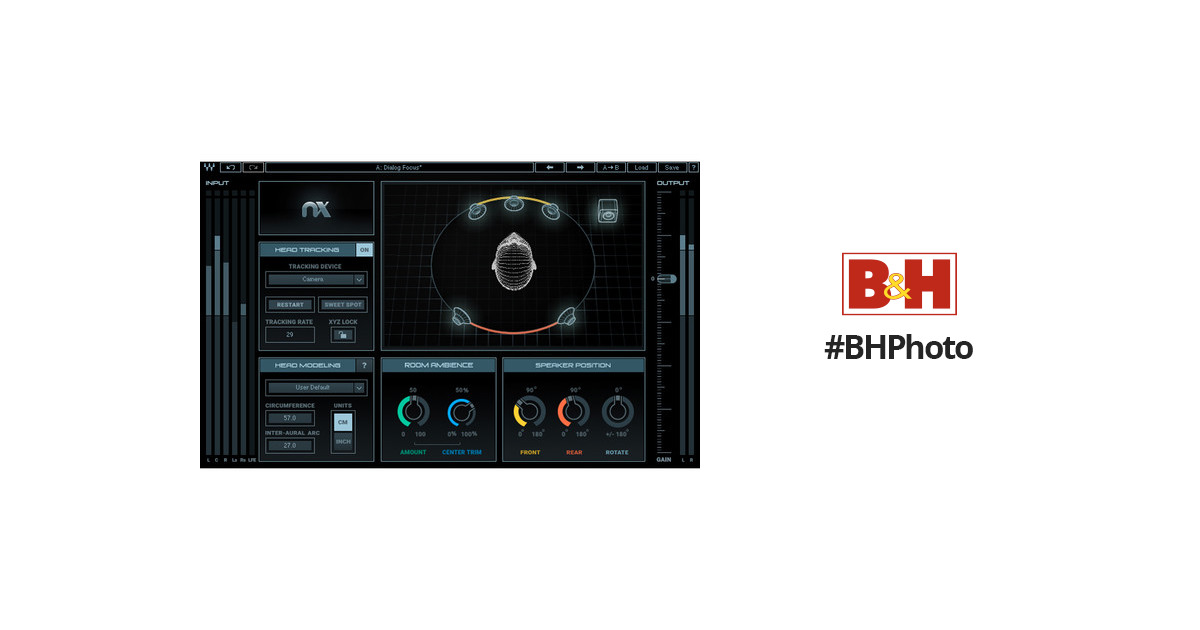

Create a Quadro Monitor in Control Room - Connect main out channels/Audio Interface.Create a Quodro group channel- Set as main mix - no Audio interface channels selected - Disable (bypass) panner.Create a Ambisonics (3rd Order) Group Channel - change Ambi Decoder panner to Standard panner, then disable (bypass) the panner.In the Renderer section of ADM Authoring for Dolby Atmos, select the Renderer you created in step 2 in the drop-down, hit the “Add Bed” button and select the track Atmos Bed group you created in step 1 to the source section, then minimize or close the window.Under the Projects section at the top of Cubase, select ADM Authoring for Dolby Atmos.Open the Renderer (each of the 128 dots represents a channel that can be panned throughout the Dolby Atmos sound field), Minimize it the plugin for later use.


If you want to use Lfe, right click the Atmos group and select add Child Group and the Lfe will be available to send your Kick drum and other low frequency channels you may want to come from the Lfe as an added bonus for consumers who have Lfe playback. Create a 7.1.2 group channel to be used as your Atmos Bed (I recommend “Bed” be part of the name you give this channel). In Audio Connecions, chose the Group/FXs tab.
#WAVES NX VIRTUAL ROOM BLUETOOTH#
The head tracker is cool to have because it attaches to your headphones and it uses Bluetooth to communicate your head position to the computer. , we need to use the Ambisonics version of Nx VMR Nx VMR comes with traditional surround sound formats as well as an Ambisonics (B Format) plugin. Dolby Atmos seems to be the happy medium for market and consumers.įor Dolby Atmos in Cubase, you need a virtual Ambisonics studio plugin like Waves Nx Virtual Mix Room (VMR). The only thing more immersive would be actual 2nd and 3rd order Ambisonics, which Cubase has been able to mix, export, and play back exported files for a while now.
#WAVES NX VIRTUAL ROOM FULL#
It allows the mix engineer listen to the full 360ish spectrum of Dolby Atmos to make better mix decisions in using the vast amount of mixing space afforded by Dolby Atmos (More than stereo and 7.1). While I don’t think “dynamic binaural” is a actual term, I think its an accurate summation of this work-around to overcome head locked binaural immersive audio problem. Monitoring Dolby Atmos mixes in your headphones ( dynamic binaural). I found a few workarounds on YouTube using plugins and gear I already own which is Cubase 12 Pro, MR816x Steinberg/Yamaha audio interface, Waves Nx Virtual Mix Room plugin, and the Waves Nx Head Tracker hardware. That’s the best way I can explain my experience in the immersive audio challenge with Dolby Atmos in headphones. Its seems like a similar principle with immersive audio played in a head-locked binaural listening scenario. Its like looking at 360 degree photos without the option to change the perspective to view the rest of the 360 field of view -its a 180 photo as far as the viewer is concerned. Localization of sounds panned to the back half and large portions of the height information (bottom and top) will be hard to perceive from a fixed binaural (head-locked) listening scenario. Without a 7.1.2 or 7.1.4 physical monitor setup, we can only hear a binaural mix with a limited sense of Atmos/surround/ambisonics beyond less than 180 degrees of the front half of a 360 sphere. There are, however, a few challenges when it comes to experiencing the full immersive sound of Dolby Atmos in headphones and the ability to check the immersive quality of the Dolby Atmos ADM file after it is exported. I continue to be excited about Dolby Atmos being a native function in Cubase 12.


 0 kommentar(er)
0 kommentar(er)
